
These days, new homes with woodstoves rarely get a new brick chimney. Instead, most builders specify a stainless-steel chimney, which is less expensive and faster to install than a brick chimney.
Typically, a woodstove requires a UL-listed double-wall or triple-wall chimney called a Class A chimney pipe. Manufacturers of this type of chimney sell lots of accessories, including roof penetration kits and roof flashing kits to allow for a weathertight installation through a roof. What does such an installation look like? Here are examples of typical installations:
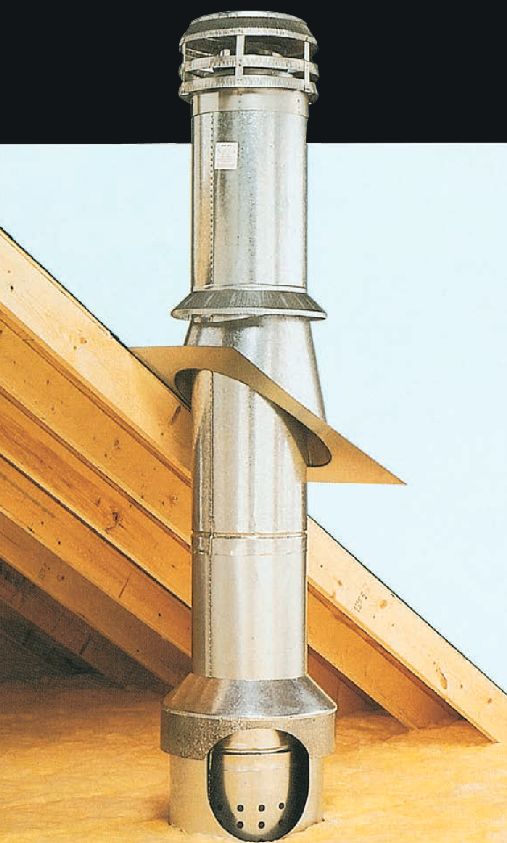
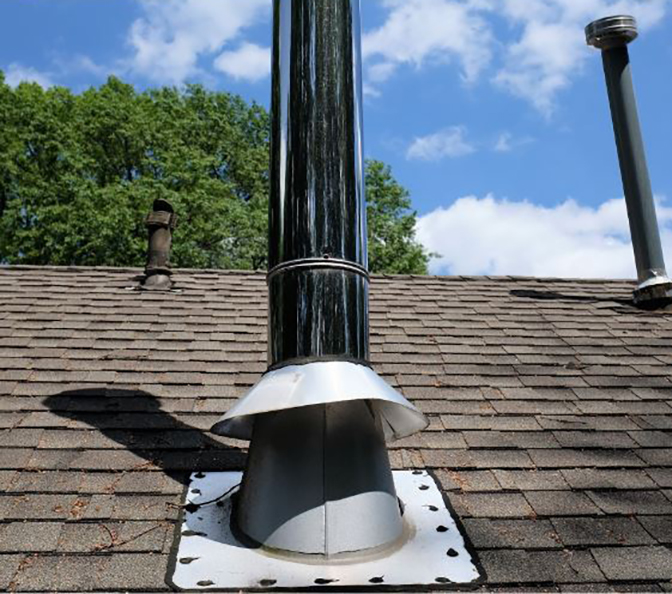
What the metal chimney manufacturers don’t tell you is that chimneys installed this way may not long last long in a snowy climate.
Beware of roof glaciers
Deep snow on a steep roof acts like a glacier. Affected by gravity, such a glacier moves downhill, either gradually or suddenly, depending on the roof slope and outdoor temperature. When the glacier encounters a metal chimney, it can push the chimney out of plumb or tear the chimney off the roof.

This problem is more common in snowy climates than mild climates; more common on steep roofs than shallow-pitched roofs; and more common on metal roofs than asphalt shingle roofs.
What are the possible solutions? One solution is to install a snow guard uphill of the chimney. (For more information on this approach, see “Snow Guards for Vent Pipes.”)
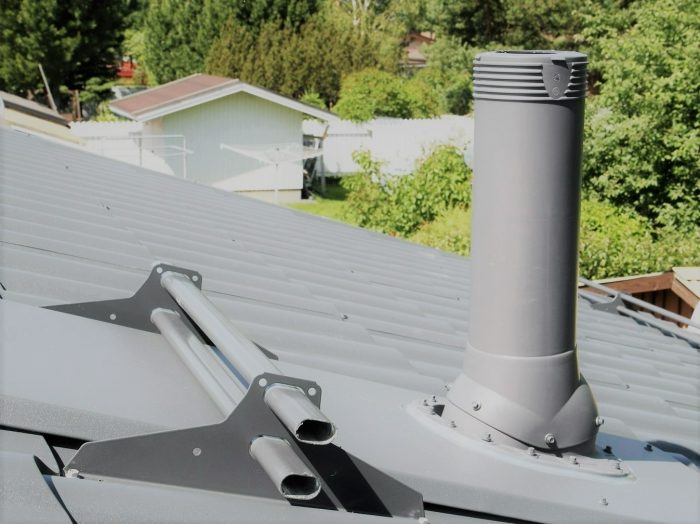
A curb for your metal chimney
Another possible solution was recently suggested by GBA reader Malcolm Taylor, a builder in British Columbia. After architect Bob Swinburne noted in a GBA comment, “I always worry about snow taking out the chimney,” Malcom wrote, “Taking cues from Ted Benson’s…
Weekly Newsletter
Get building science and energy efficiency advice, plus special offers, in your inbox.

This article is only available to GBA Prime Members
Sign up for a free trial and get instant access to this article as well as GBA’s complete library of premium articles and construction details.
Start Free TrialAlready a member? Log in





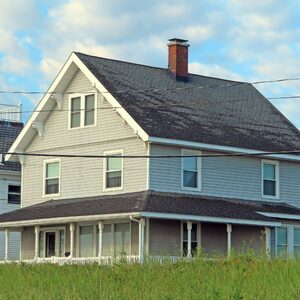

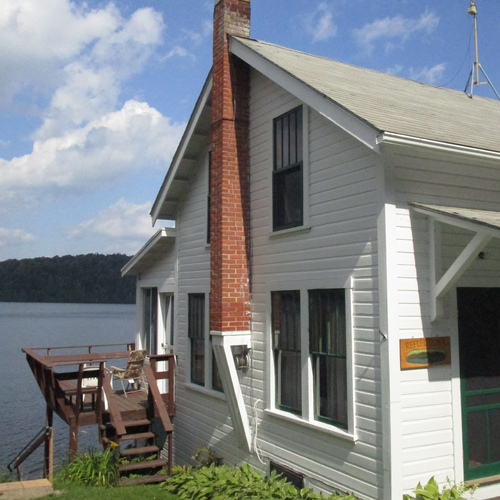
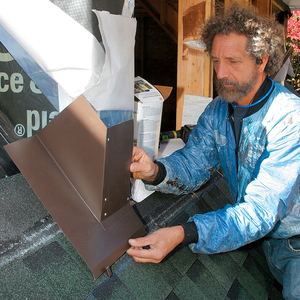






6 Comments
This is a interesting idea. I had a bit of a time flashing my 8" OD insulated chimney through my 12.5:12 pitch standing seam roof with silicone Dektite boots. They just barely have enough angle capacity to work with that pitch and require a very precise oval hole through the roof to maintain enough material to screw the boot down to. The boots are also pretty hard to fit between a 18" panel- I had to cut a corner off mine and add my own reinforcing strip of aluminum. I sketched up something like these roof curb/ chimney boxes, with the idea of getting the parts laser cut out of stainless steel and tig welding it together, but ultimately I was able to avoid that huge boondoggle by making the boots work. I would have had to do the something like this if the pitch was any steeper.
For all the trouble it is sending a chimney through a roof it makes me wonder if it's worth to send a wood stove chimney out a wall and up externally, reducing roof complexity and improving chimney serviceability, at the expense of reduced draft. At times, I need all the draft I can get - like starting a fire on a mild day.
tjanson,
I designed one house where the insulated chimney ran outside an exterior wall. Being able to see and get at the chimney I think is a big plus. The downsides are that they stay colder and then typically get more creosote building up. You also don't get the benefit of the heat from the chimney that would otherwise radiate into the conditioned space, and I found that with the usual exterior mounts, the chimney was still close enough to the house that it penetrated the roof overhang anyway.
Excellent idea, intentional or not! Interesting idea for the bath fan enclosure as well. I assume you throw away the grille that comes with the fan and use the larger aftermarket grille only?
Michael,
Yes. The larger grilles do tend to be easier to look through, so I try and orient the fins so you can't see up into the new enclosure.
Selecting the new grille is the starting point, as many of the other dimensions depend on that.
Once you have the plywood box, switching out both the fan and enclosure in the future is a ten minute job.
Are there any issues associated with snow wedges, which basically just split up the snow and ice as it slides down the roof?
It looks like a much easier solution to deal with the "glacier effect"
Thierry
A box and a wedge is nice.
Log in or become a member to post a comment.
Sign up Log in